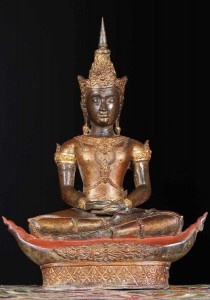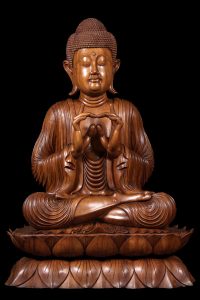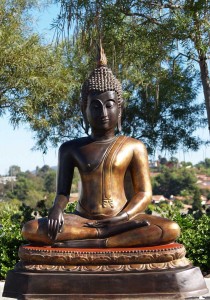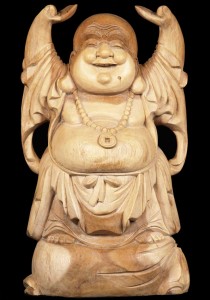Buddhism, one of the world’s major religions, began over 2,500 years ago with the birth of a prince by the name of Siddhartha Gautama, or the Buddha as we simply know him today. Gautama was born in a small kingdom of Kapilavastu to father King Suddhodana and mother Queen Maya. Upon his birth many sages predicted his likelihood of becoming a Buddha. When the King heard word of this he vowed to do everything in his power to keep his son within his palace so that he may never venture away.

By the time Gautama reached the mature age of sixteen he was married off to a gorgeous princess and showered in expensive gifts and palaces by his father. But Gautama dreamed about life on the outside, dissatisfied with life inside his confinement. He proceeded to sneak out of the confines of the greater palace on multiple occasions and it was on these ventures outward that he witnessed four things that would change his life forever.
When he ventured out the first few times, Gautama saw for the first time to effects of old age, sickness, and death. His lavish lifestyle in his princely world began to disgust him as he realized all the suffering happening elsewhere. On his fourth trip out he came across an aesthetic monk who had renounced all his worldly possessions in favor of learning the secrets and meaning to life. Siddhartha Gautama decided he wanted to do the same. He left his kingdom walls one final time in order to become a wandering monk himself.



